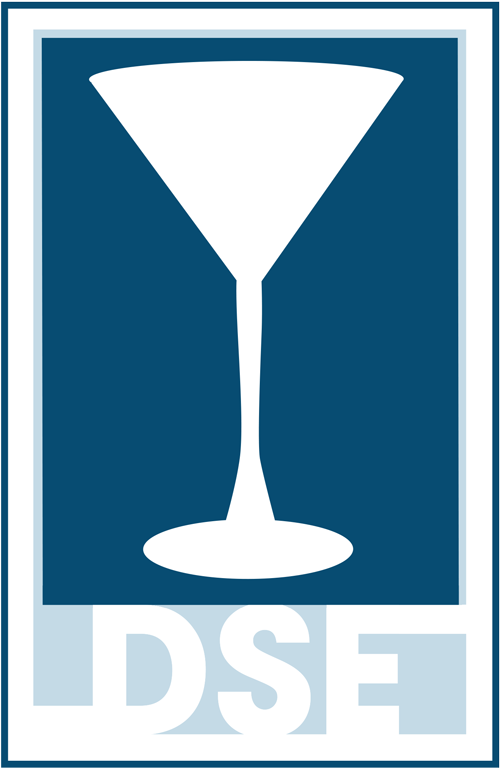AS ALCOHOL ADS SPRAWL ELSEWHERE, NEW YORK BUSES AND TRAINS GO DRY (Additional Coverage)
Source: AdAge
By E.J. Schultz.
October 26, 2017.
The alcohol industry has made steady gains getting ads and distribution in places where it was once banned, debuting liquor commercials in NFL broadcasts this season and expanding sales at college sports stadiums. But beer, wine and spirits marketers suffered a rare setback this week when the Metropolitan Transportation Authority banned alcohol ads on New York City buses, subway cars and stations.
The decision, which takes effect Jan. 1, could weaken efforts by brands to reach coveted millennial urban dwellers in the nation’s top media market. But the MTA’s action is likely more of a speed bump than a pothole for booze marketers, considering the relatively small amount of money in play. The authority collected a mere $2.8 million in alcohol ad revenue last year.
Overall MTA ad revenue across buses, subways, trains, stations and billboards totaled $144.8 million.
Still, the ban could have at least some impact on spending decisions and prices for other out-of-home ad space around the city.
“The pressure is on the advertising agencies that buy for these big alcohol brands to keep the ROI high and the cost down,” says Ken Sahlin, CEO of DoMedia, which operates an out-of-home advertising database. “So if there is some pressure on the supply side and demand goes up a little bit, that will put a little pressure on pricing.”
The ban was pushed by a group called Building Alcohol Ad-Free Transit, whose partners include churches and community groups in the New York metro area, according to its website. In a petition, the group argued that “hundreds of thousands of NYC schoolchildren use public transit every day as their ‘yellow school bus.'” Therefore, the group added, it is unacceptable that the MTA “would expose young people to messages glorifying alcohol use and thereby jeopardizing their health and safety.” The group’s website displays photos of alcohol ads near posters for kid-friendly movies, such as what appears to be a 2012 ad for Michelob Ultra next to an ad for “The Lorax.”
Students were 5.6 percent of the MTA’s nearly 6 million subway riders in May, according to the MTA’s ordinance implementing the ban. On 30 of the 253 local bus lines, students were at least 20 percent if riders.
Several big-city transit agencies already ban alcohol transit ads, including Los Angeles, San Francisco, Detroit, Seattle, San Diego, and Baltimore, the MTA said.
The Distilled Spirits Council, a trade group representing liquor brands, cited other cities such as Chicago, Charlotte and Washington D.C. that “have recently overturned bans on alcohol advertising on public transit with each city experiencing absolutely no negative effects.” The Chicago Transit Authority reversed its ban in 2012 but kept some restrictions in place. Brands cannot advertise on buses, for instance, and alcohol ads cannot “exceed 9.99% of the total advertising space on the transit system at any one time.”
Washington D.C.’s transit system overturned its alcohol ad ban in late 2015, ending a 20-year-old prohibition.
The MTA’s ban is “misguided and unsupported by the scientific research,” Jay Hibbard, the Distilled Spirits Council’s lobbyist in the Northeast, said in a statement. “The research is clear-parents and other adults are the most influential factors in a youth’s decision whether or not to drink alcohol, not advertising. In fact, in New York underage drinking has declined by more than 20 percent over the last 10 years and binge drinking is at an all-time low.”
Brewers and importers have for decades complied with a voluntary marketing code stipulating that “all beer advertising and marketing materials are intended only for adult consumers of legal drinking age,” said Jim McGreevy, president and CEO of the Beer Institute, which represents major advertisers such as MillerCoors and Anheuser-Busch InBev. “We are disappointed that the MTA made this decision, especially since studies have shown underage drinking is at record-low levels.”
New York’s transit ban comes as alcohol brands enjoy newfound freedoms elsewhere. One of the biggest shifts came this year when the NFL lifted its ban against liquor ads on TV. The alcohol industry has also made gains on college campuses, where more sports stadiums are allowing alcohol sales. Ohio State University began allowing beer sales at its stadium in 2016 and drew more than $1 million in sales that year, according to local media reports.
University of Texas lifted its ban in 2015 and in the first year sold more than $1.8 million worth of alcohol, including 62,275 Miller Lites totaling $494,000, the Houston Chronicle reported.
Beer marketers are also striking aggressive marketing deals with universities, including specially branded beers. Colorado State University, for instance, this year struck a deal with New Belgium for a new lager called Old Aggie, whose packaging includes an image of the school’s ram mascot.
Corona earlier this year inked a sponsorship deal with the University of Texas athletics program. It included a new slogan, “Horns up, Limes In!”
